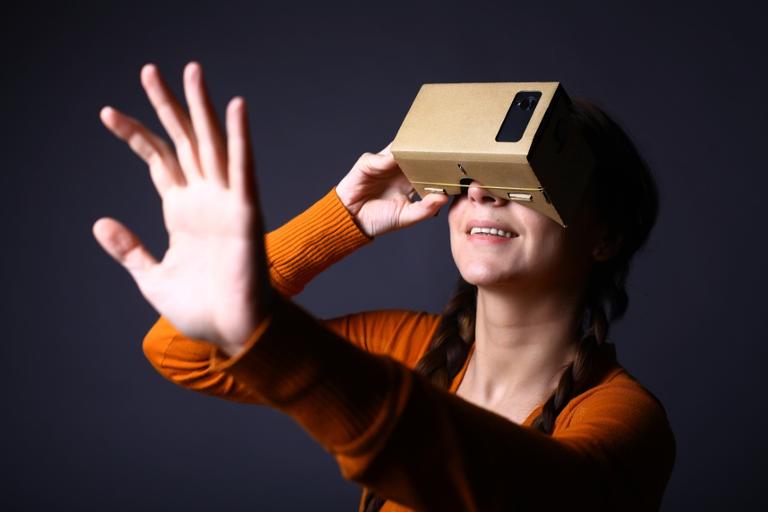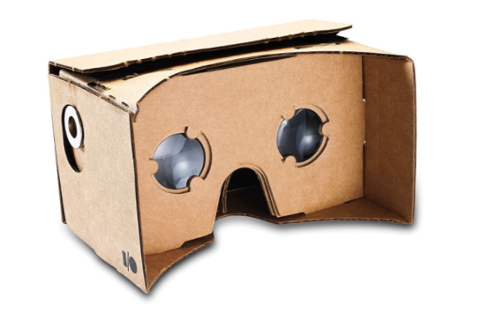VR Dominates Mobile World Congress
Every year, tech companies gather at the Mobile World Congress (MWC) in Barcelona to show off their latest smartphones and other mobile devices. But this year, things were a little different: the hardware that stole the show wasn’t handheld, but something you strap to your face. Facebook CEO Mark Zuckerberg appeared at Samsung’s MWC presentation to tout virtual reality (VR). “Right now, virtual reality is mostly used for games and entertainment, but that’s quickly evolving,” he told the audience, according to Bloomberg. “One day you’ll be able to put on a headset that’ll change the way you live, work, and communicate.” Other executives at MWC touted virtual reality’s potential to efficiently train new workers, view media such as sporting events in a more immersive way, and—yes—play video games. While Oculus Rift (a Facebook subsidiary, hence Zuckerberg’s presence) and the HTC Vive might end up occupying the high end of the VR market, with suites of dedicated (and powerful) hardware and software, the lower tiers of the market could end up dominated by Google Cardboard and other headsets that rely on smartphones inserted into their front apertures for “screens.” That early reliance on smartphones intrigues mobile-device manufacturers, who surely want to seize as much of a burgeoning market as possible; hence the intense discussion of VR at MWC. If the bulk of early VR software production evolves as an offshoot of smartphone development, that could also prove a very good thing for mobile-software developers, many of whom would likely prefer modifying their current workflow to learning a whole new platform. But as MWC demonstrated, VR is still very much in its early days, more talk than actual implementation. While some early-adopter developers are already exploring the tech, many may hold off until the market becomes more established.



